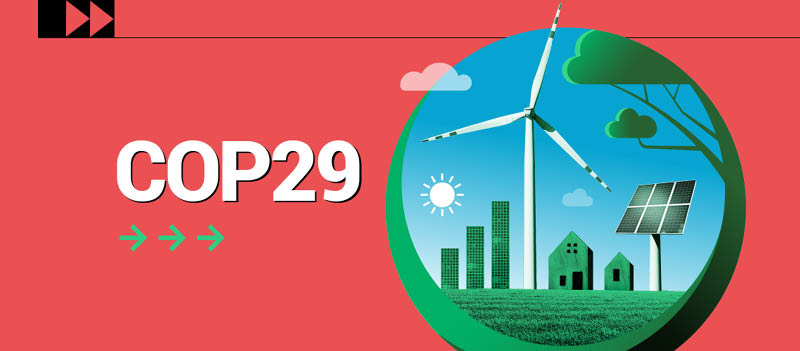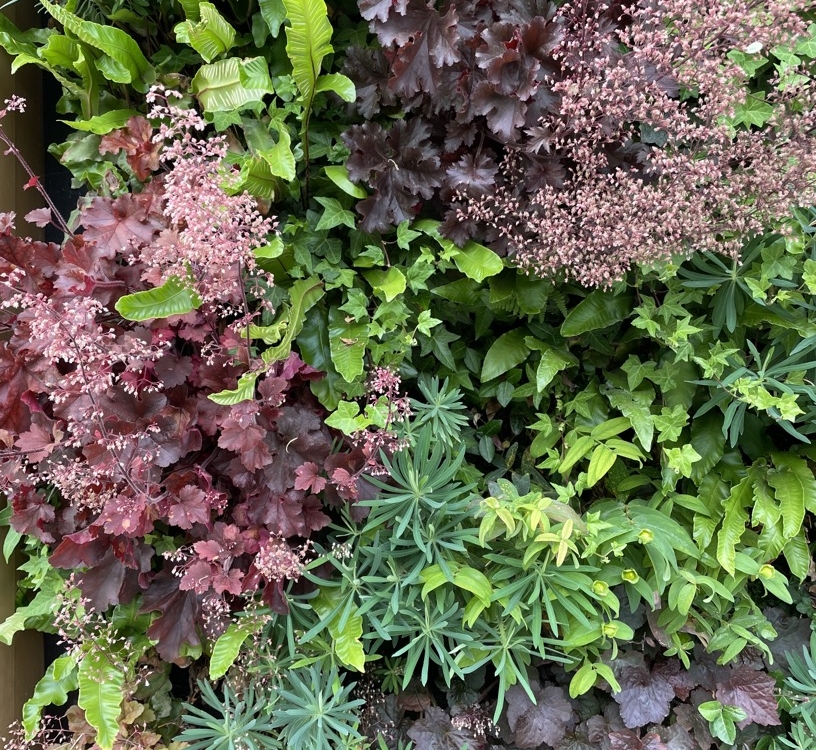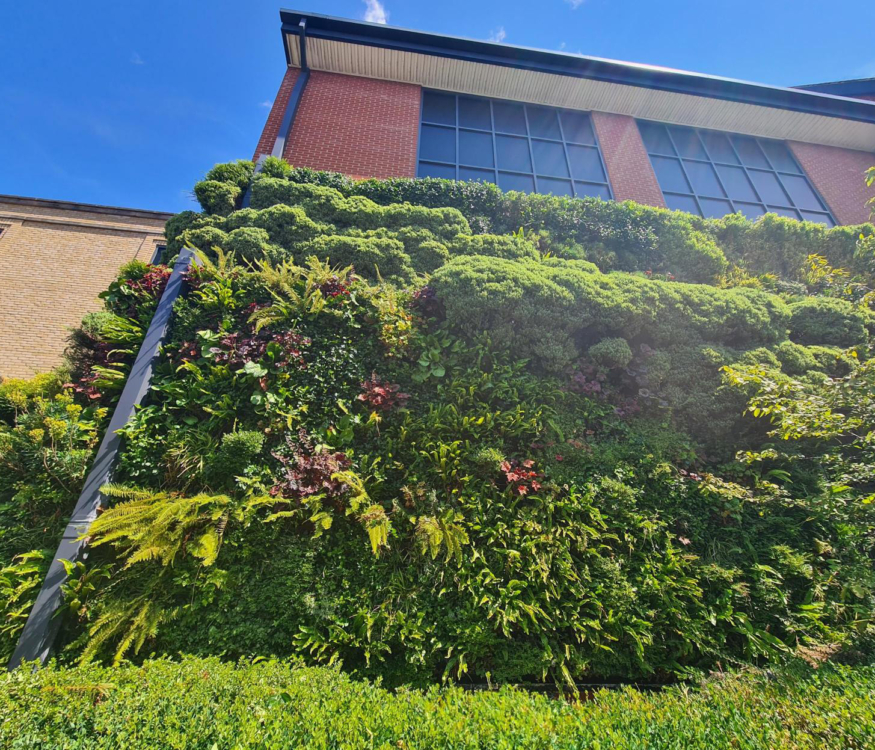Living walls, as with any green infrastructure initiative, require the backing of a forward-thinking client who recognises the need for sustainable and eco-friendly solutions. Green walls bring a multitude of holistic benefits from improved appearance to reduced air pollution, but quantifying these advantages can be challenging. This blog covers some the Environmental Social and Governance targets (ESG) that living walls can help achieve, providing designers and clients with a concrete rationale for integrating living walls into their projects.
Urban Greening Factor (UGF)
UGF is a measure from the 2021 London Plan used to evaluate the quality and quantity of green spaces in new developments. It supports London Plan Policy G5, which requires urban greening in major London developments to enhance biodiversity, improve air quality and manage rainwater.
London Boroughs are able to set their own UGF targets tailored to local circumstances.
As the UGF score is calculated using the total site area, adding vertical greening leads to significantly higher UGF scores without taking up valuable horizontal space. Green walls are great for meeting UGF targets because they boost scores without sacrificing horizontal space.
Biodiversity Net Gain (BNG)
BNG is a policy aimed at ensuring that development projects leave the natural environment in a better state than before. Development must achieve a measurable net gain in biodiversity, typically a 10% increase compared to pre-development state. BNG is mandatory for most planning permissions in England, and a Biodiversity Net Gain plan must be submitted and approved before development begins.
Depending on the starting score for a site, green walls can contribute to BNG alongside other measures. We recommend working with an ecologist or environmental consultant to help maximise BNG potential.

BREEAM
BREEAM (Building Research Establishment Environmental Assessment Method) is a leading sustainability assessment method for buildings and infrastructure. It sets targets across various categories to ensure that projects meet high standards of environmental performance.
Green walls can contribute to BREEAM in several categories including ecological value, indoor air quality, surface water run-off, visual comfort, acoustic performance and reduction of energy use and carbon emissions. We can work with your BREEAM assessor to maximise points.
LEED (Leadership in Energy and Environmental Design) is a globally recognised green building certification developed by the U.S. Green Building Council. Although BREEAM is more popular in the UK, LEED is an alternative, particularly if there are international stakeholders.
Green walls earn points across several LEED categories. Consult with your LEED Assessor to determine the specific contributions your green walls can make.
WELL v2
The WELL Building Standard, developed by the International WELL Building Institute (IWBI) focused on enhancing human health and wellbeing through the built environment. There are 10 categories; air, water, nourishment, light, movement, thermal comfort, sound materials, mind, and community.
Internal green walls have been proven to reconnect people with nature, reduce stress, improve acoustics and improve air quality. Studies have even linked internal plants to better productivity and creativity.
For the purposes of WELL, green walls are most likely to contribute to the mind, air & sound categories.
Indoor Air Quality Targets
In 2025 we are expecting to see new targets for indoor air quality (IAQ) that aim to improve health and well-being in both residential and commercial buildings. This will include lower permissible levels for common indoor pollutants such as VOCs, particulate matter and carbon dioxide. It will also include enhanced ventilation standards and better monitoring and reporting.
Multiple studies show that increasing the number of plants in inside spaces help to improve air quality. Living walls allow for high density planting without sacrificing floor space.

Living wall at Centrica Windsor
Net Zero Carbon Targets
The plants in living walls absorb carbon dioxide via photosynthesis helping to reduce the overall concentration of greenhouse gases in the atmosphere, but it’s a complex metric to quantify and will vary depending on plant selection and location. Living walls have also been proven to provide additional insulation to buildings helping reduce the need for mechanical heating and cooling.
—
Mathematical psychologist Amos Tvesky said “it is sometimes easier to make the world a better place than to prove you have made the world a better place”. The benefits of living walls are sometimes hard to quantify but our connection to nature in undeniable. More plants in urban areas reduces stress, improves air quality, reduce temperatures, and boost biodiversity. The UK is continuing to urbanise, and living walls are a space saving solution for creating greener and healthier urban areas for future generations.
Biotecture offer a full design, installation and maintenance service for living walls. View our case studies to see what can be achieved.




